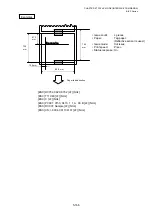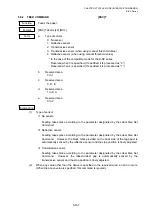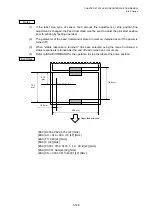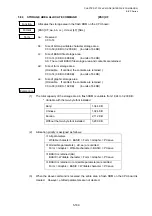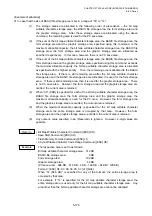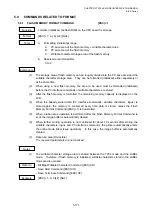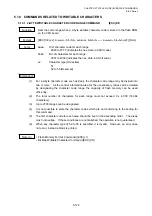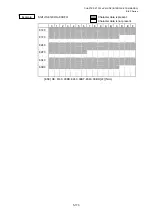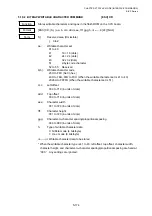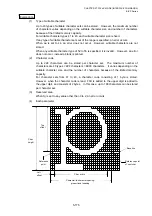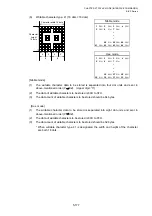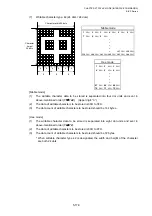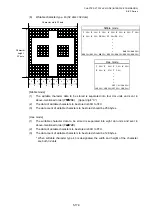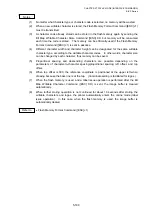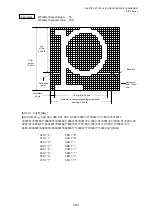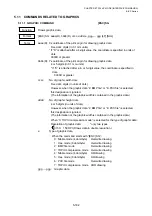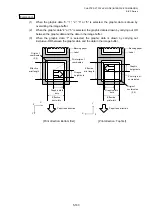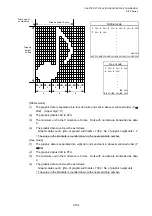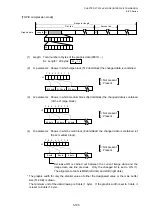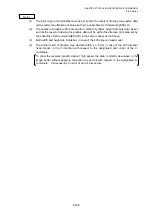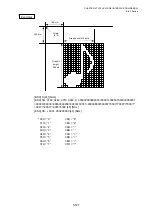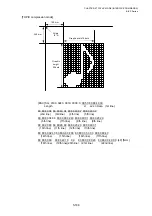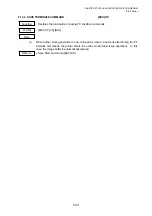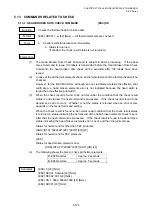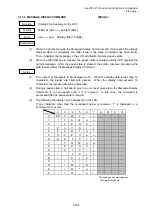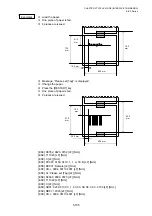
CHAPTER 5 TPCL-LE MODE (INTERFACE COMMANDS)
B-EP
Series
5-180
Notes
(1)
No matter what character type or character code is selected, no memory will be wasted.
(2)
When a new writable character is stored, the Flash Memory Format Command ([ESC] J1)
must be transmitted.
(3)
A character code already stored can be stored in the flash memory again by sending the
Bit Map Writable Character Store Command ([ESC] XD, but memory will be consumed
each time the code is stored. The memory can be efficiently used if the Flash Memory
Format Command ([ESC] J1) is sent in advance.
(4)
Different character width and character height can be designated for the same writable
character type, according to the writable character codes. In other words, character size
can be changed by each character, thus memory can be saved.
(5) Proportional spacing and descending characters are possible depending on the
parameters of character-to-character spacing/proportional spacing, left offset, and top
offset.
(6)
When top offset is 000, the reference coordinate is positioned at the upper left when
drawing because the base line is at the top. (Coordinate setting is facilitated for logos.)
(7)
When the flash memory is used, and a label issue operation is performed after the Bit
Map Writable Character Command ([ESC] XD) is sent, the image buffer is cleared
automatically.
(8)
When further storing operation is not continued for about 10 seconds after storing the
writable characters and logos, the printer automatically enters the online mode (label
issue operation). In this case, when the flash memory is used, the image buffer is
automatically cleared.
Refer
to
•
Flash Memory Format Command ([ESC] J1)

